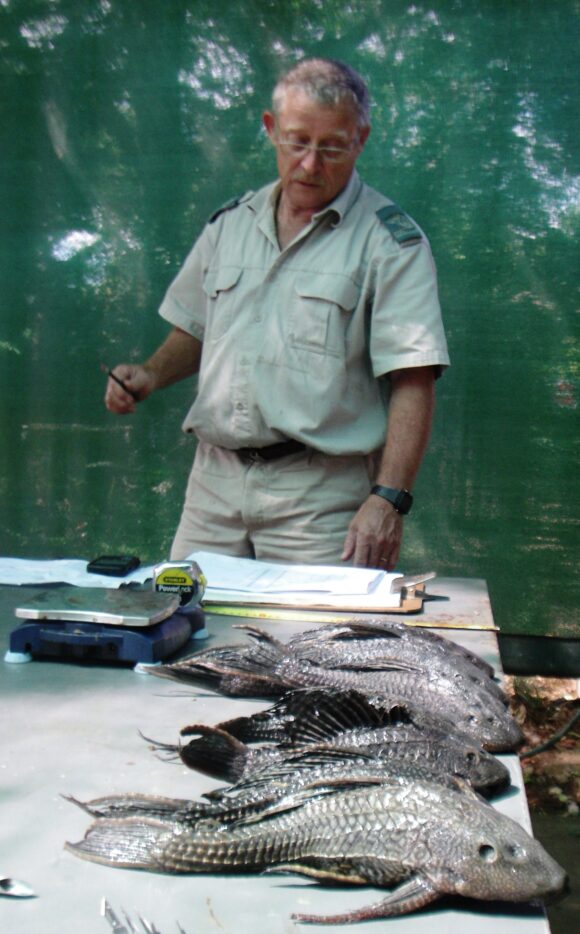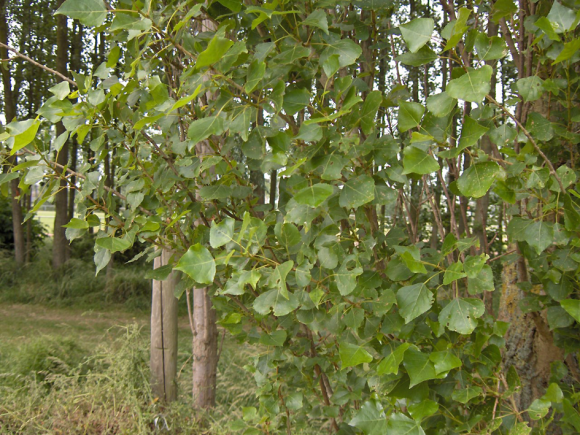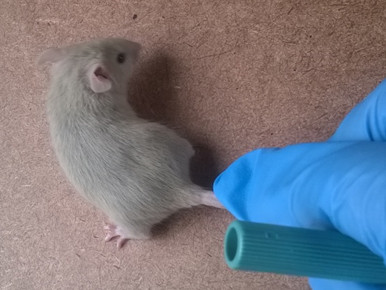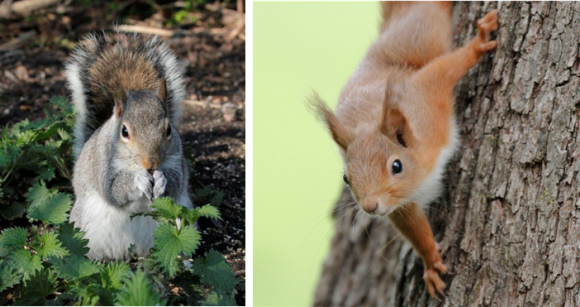9 April 2013 | By Olaf Weyl
The South American armoured catfish family Loricariidae includes more than 700 nominal species. Some are popular aquarium fishes in the global pet trade. Releases by aquarists and escape from fish farms have resulted in several armoured catfish invasions in Central and North America, Asia and now, Africa.
In South Africa, C·I·B core team member Olaf Weyl from the South African Institute for Aquatic Biodiversity in collaboration with Roy Jones (Ezemvelo KZN Wildlife and Rhodes University PhD student), Ernst Schwartz (SAIAB) and Martin Hill (Rhodes University) have been assessing Africa’s first documented armoured catfish invasion in the Richards bay area. Armoured catfishes were first reported from a lake near the town of Empangeni in 2000. This was followed by the formal collection of specimens from the Mthlathuse River in 2004 and from the adjacent Nseleni River system in 2007. This indicated the need for a fuller assessment because documented impacts of armoured catfish invasions include destabilisation of river banks by their breeding burrows. To do this we conducted fish surveys using valve traps, fyke nets, gill nets, electrofishing and habitat traps. We also interviewed local community members who were encouraged to report and donate specimens. The information from interviews and specimens collected during surveys and from donations were then used to identify the invading species and its invasion stage according to unified invasion framework criteria (see Blackburn et al. 2011, Trends in Ecology and Evolution 26).
Over two years of surveys, we collected 346 specimens including 12 mm-long juveniles, and adults measuring almost 50 cm. Identification required both taxonomic keys and DNA barcoding because selection in the pet trade has resulted in invading populations exhibiting a wide variety of colour patterns that are not found in natural populations. Specimens were identified as vermiculated sailfin Pterygioplichthys disjunctivus (Weber 1991), a native to the Madeira River drainage of the Amazon basin in Brazil and Bolivia and the main nuisance species in Mexico, USA, Philippines and Taiwan.
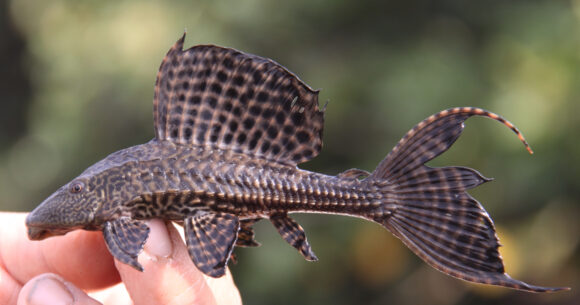
Interestingly, P. disjunctivus is not on the draft list of fish species whose importation is allowed under the National Environmental Management: Biodiversity Act (Act 10 of 2004), and is likely that during importation it was identified as a closely-related species which is allowed in South Africa. Accidental or intentional misidentifications are common in the pet trade and often result in the importation of invasive organisms. On escape from captivity, this fish established first in the Mthlathuse River and then spread to the Nseleni River via an inter-basin water transfer. The researchers characterised the invasion as D2: “self-sustaining population in the wild with individuals surviving and reproducing a significant distance from their original point of introduction”. Containing this invasion will require educating the public on the dangers of fish introductions and discouraging the trade in loricariid species with proven invasion histories and their look-alike species.
Read the paper
For more information, contact Olaf Weyl at O.Weyl@saiab.ac.za
